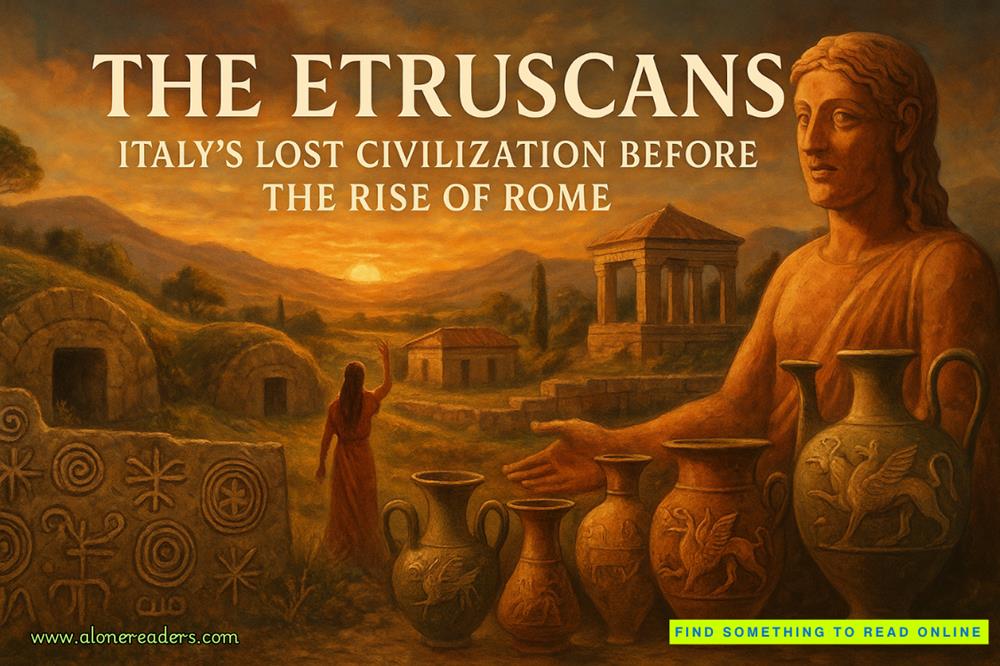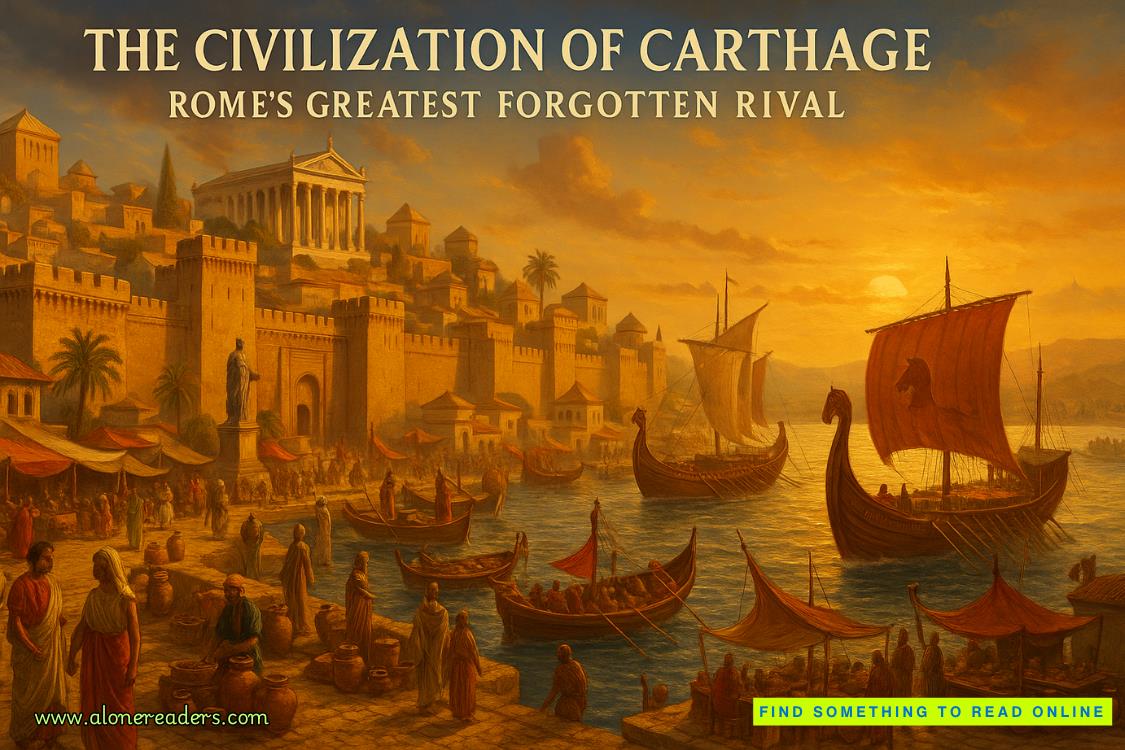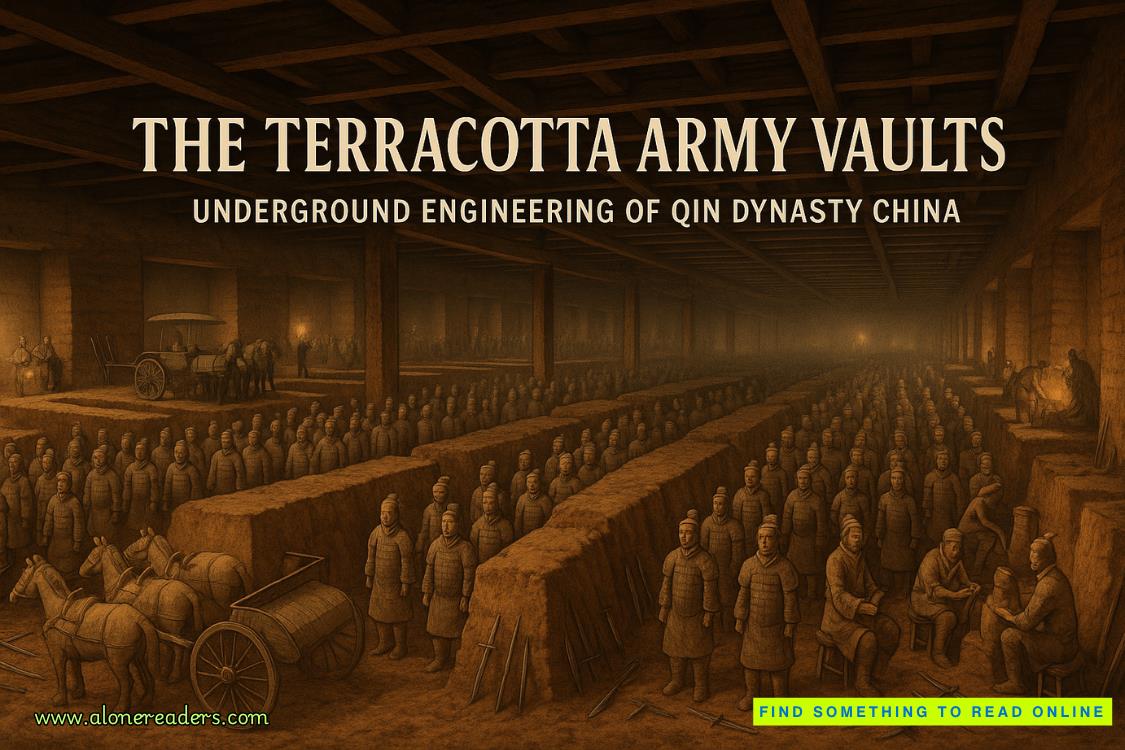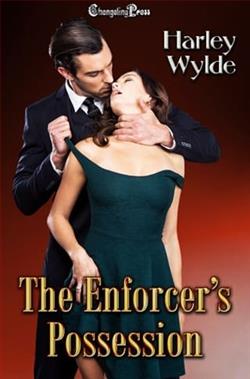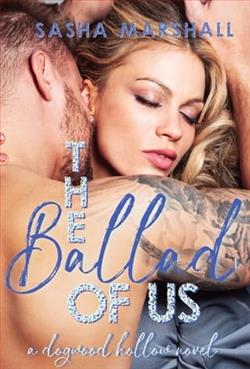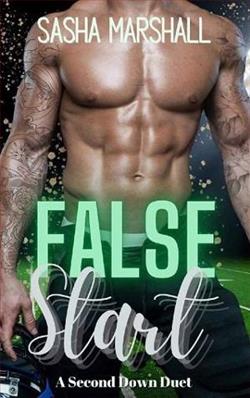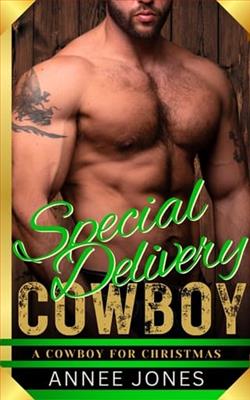Page 59 of The Staircase in the Woods
He stared at it, mouth agape. In horror, he said, “I know this room, I know this house. Isoldthis house.”
—
He told them a story. Said it was back when he worked in the “real estate trenches.” This room was one room in a murder house—that’s how everyone referred to it, and any house, where a murder had happened. Murder houses. Hard to sell because you couldn’t hide it. Couldn’t keep it secret. It was public record, and they had to tell buyers anyway. So you always knew you were going to take a hit—if you were smart, you rented it out for a few years at a cut price, kept it up and updated so it didn’t get thathaunted housevibe about it, and then,thenyou sold it, when the market was hungrier, when the stain of death had been forgotten, when the worst dip you’d take was ten, fifteen, percent.
This murder, though, he said it was a real bender. It was a family of three that lived here—the parents, upper middle-class, well-put-together people. Father was some kind of finance guy, wife was an art broker, and their son was a seventh grader at a local private school. But the parents, they hated each other. Hate so strong it trapped them together, like chains. Fought all the time, so loud the neighbors—an acre away—could hear. Then one day, Hamish said, “The father lost it. He took one of the mother’s own art pieces—she didn’t make art anymore, but she had this piece from college, this heavy blown-glass piece that looked like a, a, I dunno, a melted heart, like the heart from a playing card, not a human heart? And he beat her to death with it. In front of the son. The son tried to run, but he held the boy down in front of that fish tank, and choked him to death on the floor.”
Hamish said the dad fled. Calm and cool, got in his BMW, went tothe airport, headed to Europe. They found him dead years later, on a yacht in Italy.
“That art piece,” Hamish said. “They kept it on the bookshelf.”
They all turned to look.
The bookshelves, full of books, and only books, except for the second shelf from the top. A tall shelf, tall enough for coffee-table books and art books and—
And a blown-glass heart.
The glass red.
The blood flecks on it darker than the glass.
Bits of skin and hair matted to the side.
“So we’re in a murder house?” Nick asked. “That’s what you’re saying?”
Owen said, “That girl, Marshie. She didn’t kill anyone but herself.”
“Suicide is a kind of murder, the murder of self,” Lore said, and she realized it sounded haughty, pretentious, like she was trying to score points with an English teacher or a psych professor. Still. She wasn’t wrong, was she?
“Last room had a thumb on a cake, so that’s pretty murdery,” Nick said.
“The other weird thing?” Hamish said. “Every living room I’ve ever been in—big, small, rich, middle-class, poor, TV, no TV, carpet, hardwood, whatever, they all had one thing in common. Always.”
The room looked to him expectantly, so he gave them the answer:
“Windows. There’s no window here. No window in that dining room either. Not in the bedroom. Not in the hallway where we came in. There should be windows here. Somewhere.”
A chill settled over all of them.
Hamish spoke aloud what they were all just realizing—
“There may not be a way out of this place.”
Lore felt her contrarian blood rising. “No. No. Bullshit. You don’t know that, Ham. It’s a house. There has to be a door. There’s gotta be a way out.”
Hamish fell backward into the couch, looking exhausted. His gaze, distant, the gaze of a man at war. “Matty didn’t get out.”
“We don’t know that,” Owen said, but Lore could hear his heart wasn’t in it.
“Yeah, we do,” Hamish said. “We didn’t save him and now we’re trapped here.” He made a small, troubled grunt. “We deserve it.”
Nick sat catty-corner to him on the couch, elbows on knees—a predatory, fox-like lean to him. “Sure,nowyou feel bad about leaving Matty behind.”
“Fuck you, Nick. I always felt bad. We allalwaysfelt bad.”
“Always,” Owen agreed.
Lore shook her head. “Not me. I let it go. I had to.”
